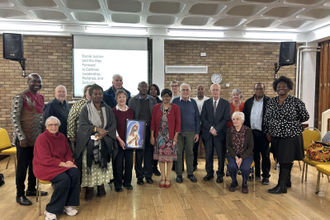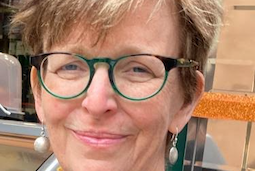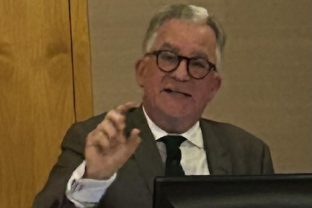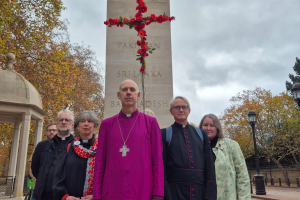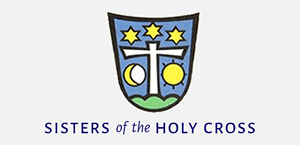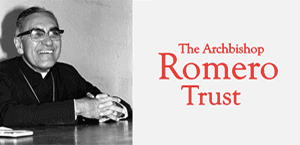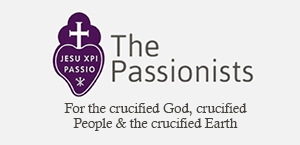Racial Justice; 'Critical Race Theory' and 'Belonging'
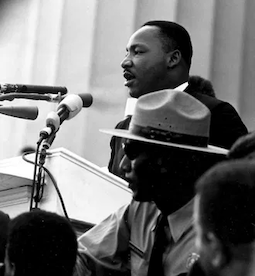
Martin Luther King Jr speaking on steps of Lincoln Memorial. Wiki Image
A couple of months ago, I was turning a corner to enter the temporary church beside Salford Cathedral when I came across two parishioners from a previous Mass discussing 'Critical Race Theory'. I was amazed and taken aback. It's not something I've ever heard discussed at the back of a church, even though the parish where I work has parishioners from over 50 different nations, several of those being African. I was in Salford that day to say the Cantonese Mass for the Greater Manchester Chinese Catholic community and didn't have time to enquire the reason for the discussion of the two parishioners. I have been a trustee of the Catholic Association for Racial Justice for several years and we had explored the critical race theory in our discussions. I had also heard or read the statements made by several high profile politicians condemning it being taught in schools. On 14th March 2022, Donald Trump, said: "Getting critical race theory out of our schools is not just a matter of values, it's also a matter of national survival…"
In September 2020 there had been some guidance issued by the Department for Education in the UK. This criticised the use, in schools, of materials produced by organisations that take extreme political stances. Examples given included groups which had expressed a desire to end capitalism. Of course, the development of 'critical race theory' is often associated with Derrick Bell from the USA, who could be seen to be in the Kwame Ture (aka Stokely Carmichael) school of activism for justice. There are those who would divide such activism into two schools of thought, that of Kwame Ture and the other of Martin Luther King Jr. The latter is more hopeful of the people of the USA. He saw the hand of God in the popular movement towards greater cohesion and equality and was optimistic about its eventual success. On the other hand, Kwame Ture is far more pessimistic. He would not even use the term 'African American' because, he argued, "We are Africans in America. There is nothing American about us." He saw no hope for his people unless capitalism was overthrown. It appears this association with Derrick Bell and the more pessimistic school of thought has tarnished the concept in the minds of some.
On 20th October 2020, Kemi Badenoch, the then Equalities Minister declared that the Government she represented was "unequivocally against" the concept of 'critical race theory' and stated: "Any school which teaches these elements of critical race theory…without offering a balanced treatment of opposing views, is breaking the law." In a more recent speech, in February of this year, Badenoch accused progressives of being embarrassed about the West's historical legacy, and of them critiquing and deconstructing what previous generations built. She was surely speaking again of the 'critical race theory' which sometimes involves the notion of deconstructing historical accounts to see where, perhaps, history, to quote Senator George Graham Vest in 1891, has been "…written by the victors and framed according to the prejudices and bias existing on their side." These prejudices, when written into history, can have a negative impact on particular groups, hence the need for deconstruction.
In my 25 years working as a priest in Moss Side in Manchester and engaging in many public meetings where I was one of the very few white people present, I never heard the term 'critical race theory' being mentioned. However, I often heard of a need to deconstruct history, not because African Caribbeans hated this country but because they needed to respect themselves. There was always the belief, in those public meetings, that it was not just the actions of racist individuals that caused the disadvantages they experienced but also something in the structures and institutions of society.
A Government report, chaired by Tony Sewell in 2021, criticised the concept of 'structural racism' claiming: "… we no longer see a Britain where the system is deliberately rigged against ethnic minorities." Subsequent Government reports, however, have delivered a very different picture. Anne Longfield's final report for the Commission on Young Lives, in November 2022, gave us a whole series of statistics which showed that young 'Black' and minority ethnic people were seriously disadvantaged in our society. She stated, for example, that Black Caribbean boys are 4 times more likely to be excluded from school than their white peers. She went on to say that her analysis of the statistics "…points towards a deficit model for Black children, a curriculum that excludes some of them and systemic racism…" Dame Louise Casey also reported, in March 2023, on the institutional racism which she found in the Metropolitan Police, a finding that was later echoed by Sir Ian Livingstone in May of that year, referring to Police Scotland. And, at the beginning of November this year, Dr Shereen Daniels, in a further report on the Metropolitan Police, suggested that anti-Black racism was 'baked' into the Force.
When Lord MacPherson wrote the Lawrence Enquiry report in 1999, he defined the concept of institutional racism, but, perhaps more importantly, he gave three helpful examples of it. He referred, first, to the "Colour blind" approach, where people seem to want to justify themselves by saying, "I don't see colour". I have interviewed hundreds of teachers for their jobs, and I ask everyone how they will use their role in the school to respond to the particular needs of the African or Asian descent student. I have been told by some, "I don't see colour, Father!" The reality is that we must see colour in order that we can also see and understand the different needs of others and respond to them.
The "Stereotypical" approach was the second example of IR given by MacPherson. It's so easy to think that we know the particular needs of a different group without ever asking them, and we often base our relationships with people who are different from us according to our own prejudices. Malorie Blackman, in her book, "Just Sayin" tells of the guidance she was given by those in education, suggesting, presumably because of her skin colour, that she was not suited to the more academic universities.
The third example was that of "Established groups in the exercise of power." The phrases that might be associated with this example are, "we've always done it this way, Father" or "when in Rome…" People who have the power because of historical status can so easily exclude the newcomer by, for example, arranging liturgies or parish events as they have always done. This can give the impression to newcomers that they do not really belong.
I can remember watching a video of Sister Thea Bowman speaking, in 1989, to the Catholic Bishops of the USA about racism in the Church. In some ways, as a religious sister, she was part of the structures of the Church. But her message that day was very different. She began her speech with what could have been seen to be a very 'brave' approach; she simply sang the 'spiritual', "Sometimes I feel like a motherless child…a long ways from home". She then went on powerfully to suggest that African ways of thinking and doing things should be reflected in liturgies that are meant to be participatory.
As Ann Longfield suggested in 2021, the curriculum in schools should not exclude pupils. Why would it do that? BAME pupils do not find themselves represented positively, or at all, in much of the literature read or history studied. The negative impact of that should not be underestimated. This does not mean that I would suggest cutting Shakespeare or Dickens from the curriculum but, when studying Shakespeare, we could help students to see the positive images of black people there. Perhaps, for example, a reference to the Sonnets could be included where we read: "Then will I swear beauty herself is black, And all they foul that thy complexion lack."
From a Church perspective, as Sister Thea Bowman said to the US bishops, African ways of thinking, praying and doing things should be reflected in our liturgies. She might also have included other groups of nations, but particularly those that are stigmatized in the society in which we find ourselves. This means recognizing that the colours of materials used to adorn the sanctuary may be different, the music might be different, dance might be included, and so much more. This is not something that the official Church has not already recommended. The Compendium of the Social Doctrine of the Church (par. 532) encouraged "a productive encounter between the Gospel and the various branches of knowledge." But the existing community also needs to have a continued sense that their culture is significantly represented too. This is something of a balancing act but, if you find that balance, the results can be truly powerful and vibrant. I speak from experience!
Whether we use the term 'critical race theory' or not, structural racism and institutional racism exist, and we need to be aware of history written by the victors. We also need to address how we enable people of every background to have a sense of belonging in our churches and institutions.
Fr Sumner is Vice-Chair of CARJ and Parish Priest at Our Lady and St Patrick's church, Oldham



